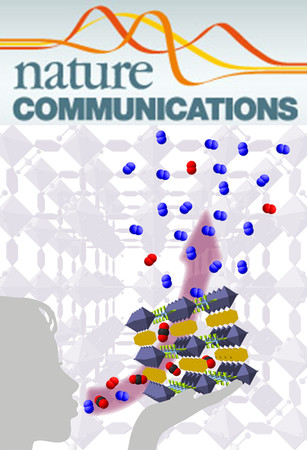Nat Commun. 2022 May 19;13(1):2782. doi: 10.1038/s41467-022-30066-4.
Kavya Vinayan Pushpalatha1, Mathilde Solyga1, Akira Nakamura2,3, Florence Besse4
Affiliations
1Université Côte d’Azur, CNRS, Inserm, Institut de Biologie Valrose, Nice, France.
2Department of Germline Development, Institute of Molecular Embryology and Genetics, Kumamoto University, Kumamoto, Japan.
3Graduate School of Pharmaceutical Sciences, Kumamoto University, Kumamoto, Japan.
4Université Côte d’Azur, CNRS, Inserm, Institut de Biologie Valrose, Nice, France. Florence.BESSE@univ-cotedazur.fr.
Abstract
Cytoplasmic RNP condensates enriched in mRNAs and proteins are found in various cell types and associated with both buffering and regulatory functions. While a clear link has been established between accumulation of aberrant RNP aggregates and progression of aging-related neurodegenerative diseases, the impact of physiological aging on neuronal RNP condensates has never been explored. Through high-resolution imaging, we uncover that RNP components progressively cluster into large yet dynamic granules in the aging Drosophila brain. We further show that age-dependent clustering is caused by an increase in the stoichiometry of the conserved helicase Me31B/DDX6, and requires PKA kinase activity. Finally, our functional analysis reveals that mRNA species recruited to RNP condensates upon aging exhibit age-dependent translational repression, indicating that co-clustering of selected mRNAs and translation regulators into repressive condensates may contribute to the specific post-transcriptional changes in gene expression observed in the course of aging.
PMID: 35589695
DOI: 10.1038/s41467-022-30066-4

